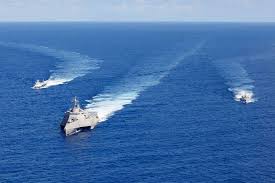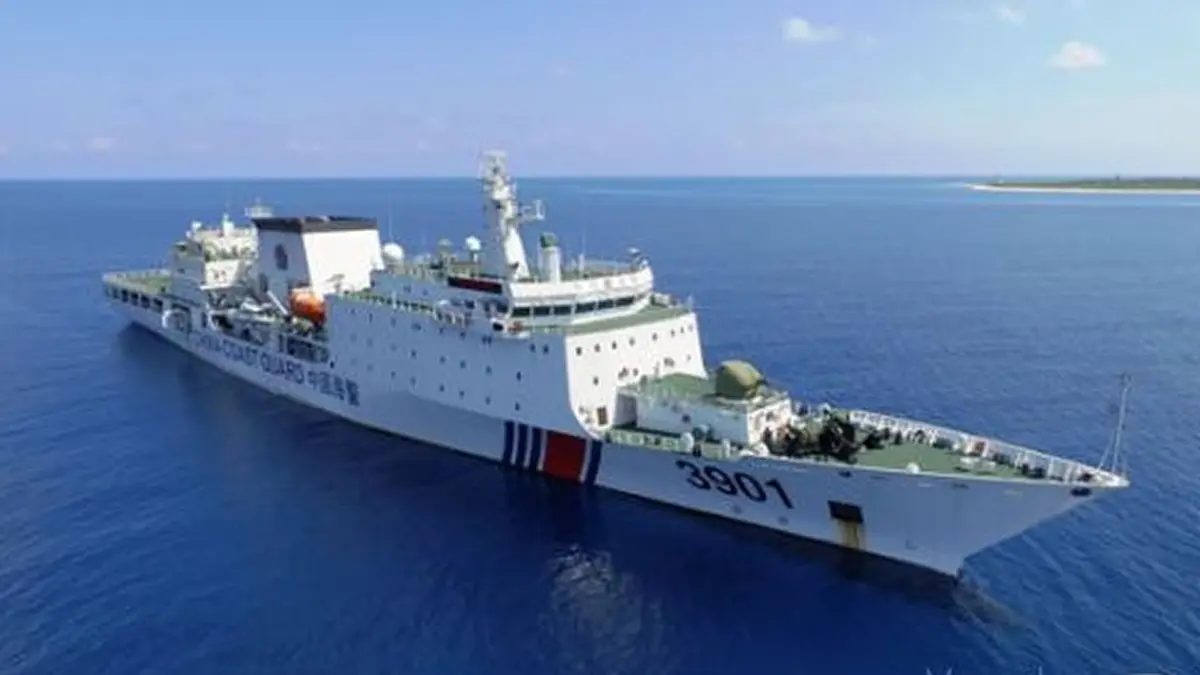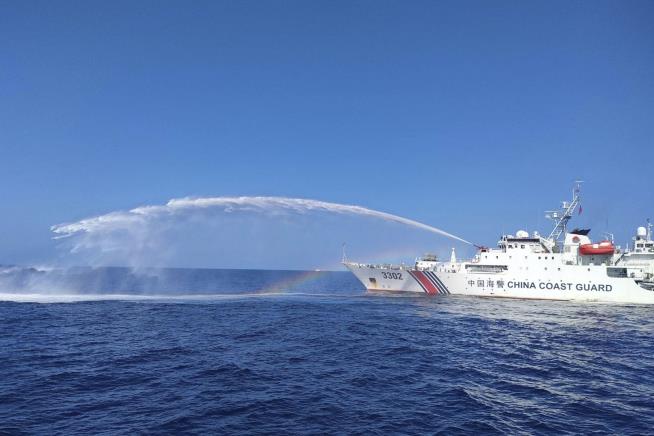by Jake Sanders, Editor
A stretch of uninhabited, low-lying reefs in the South China Sea is rapidly turning into a volatile hotspot between China and the Philippines, undermining recent efforts to ease tensions in one of the world’s most crucial waterways.
In the past week, Chinese and Philippine vessels have experienced multiple collisions and standoffs near Sabina Shoal, a contested atoll located just 86 miles from the Philippines’ west coast and 745 miles from China. China asserts sovereignty over nearly the entire South China Sea, despite an international ruling that disputes this claim.
These aggressive encounters occurred only weeks after Beijing and Manila reached a temporary agreement to reduce escalating tensions that had built up over the summer at another nearby reef, where China’s assertive actions had raised concerns throughout the region and in Washington, a defense ally of the Philippines.
The renewed tension in the South China Sea is likely to be discussed during meetings between US National Security Adviser Jake Sullivan and Chinese Foreign Minister Wang Yi during Sullivan’s visit to China this week.
After a particularly violent incident at Second Thomas Shoal in June, where Chinese coast guard personnel threatened Filipino soldiers and damaged their boats, officials from both nations met to discuss de-escalation.
For a time, it seemed tensions were easing, but this calm was short-lived.
On August 19, in the early hours, coast guard ships from China and the Philippines collided near Sabina Shoal. The Philippines claimed that Chinese vessels rammed its ships, causing significant damage, while Beijing accused the Philippines of being at fault.
Then, on Sunday afternoon, another confrontation occurred, with the Philippines alleging that China rammed and sprayed water from cannons at a vessel from its fisheries bureau during an encounter with eight Chinese ships, including a warship from the People’s Liberation Army Navy. China countered that the Philippine ship “refused to accept control” from a Chinese coast guard vessel and “deliberately collided” with it.
The next day, during another tense encounter, the Philippines reported that China had deployed an “excessive force” of 40 ships, including three PLA Navy vessels, to obstruct two Philippine Coast Guard boats. In response, Beijing claimed it took “control measures” against the Philippine ships that had “intruded” into waters near Sabina Shoal.
Experts suggest that Sabina Shoal is quickly becoming a new hotspot in an already contentious region, where a misstep could lead to significant conflict.
“All signs indicate that this is emerging as a third flashpoint,” following the Second Thomas Shoal and the Scarborough Shoal to the north, said Collin Koh, a research fellow at the S. Rajaratnam School of International Studies in Singapore.
Koh noted that Manila is keen to avoid a repeat of the Scarborough Shoal incident, which China seized in 2012 after a prolonged standoff and has since occupied.
Conversely, China aims to prevent another situation like the one at Second Thomas Shoal, where the Philippines deliberately grounded a World War II-era ship in 1999 to assert its claim over the reef, maintaining a small contingent of marines there.
The violent incidents around Second Thomas Shoal earlier this summer occurred as Beijing sought to obstruct Manila’s efforts to resupply its soldiers stationed on the aging BRP Sierra Madre.
Manila’s ongoing “transparency initiative” aimed at highlighting China’s increasing assertiveness in the contested waters has garnered international backing, particularly from Western nations. However, Beijing seems to remain unfazed by negative media coverage.
China appears to be accelerating its plans to assert control over areas in the West Philippine Sea.They possess both the capability and the determination, and so far, they haven’t encountered any indications that the repercussions will be significant. Simultaneously, both Beijing and Manila are closely monitoring Washington’s responses.
US officials have consistently vowed to defend the Philippines against any armed aggression in the disputed waters, emphasizing Washington’s “ironclad commitment” to a 1951 defense agreement with its ally.
On Tuesday, Samuel Paparo, commander of the US Indo-Pacific Command, indicated that American vessels could potentially accompany Philippine ships on resupply missions in the South China Sea, describing it as “an entirely reasonable option” that would require consultation with treaty partners, as reported by Reuters.
However the US is unlikely to engage in another global conflict, especially with the upcoming presidential election, and is already focused on Russia’s invasion of Ukraine and the ongoing conflict between Israel and Hamas in Gaza.
“The Chinese are aware that Manila has very limited options if it cannot rely on US support,” Koh stated. “China is intentionally escalating the situation, likely to gauge the extent of Washington’s backing for Manila.”



